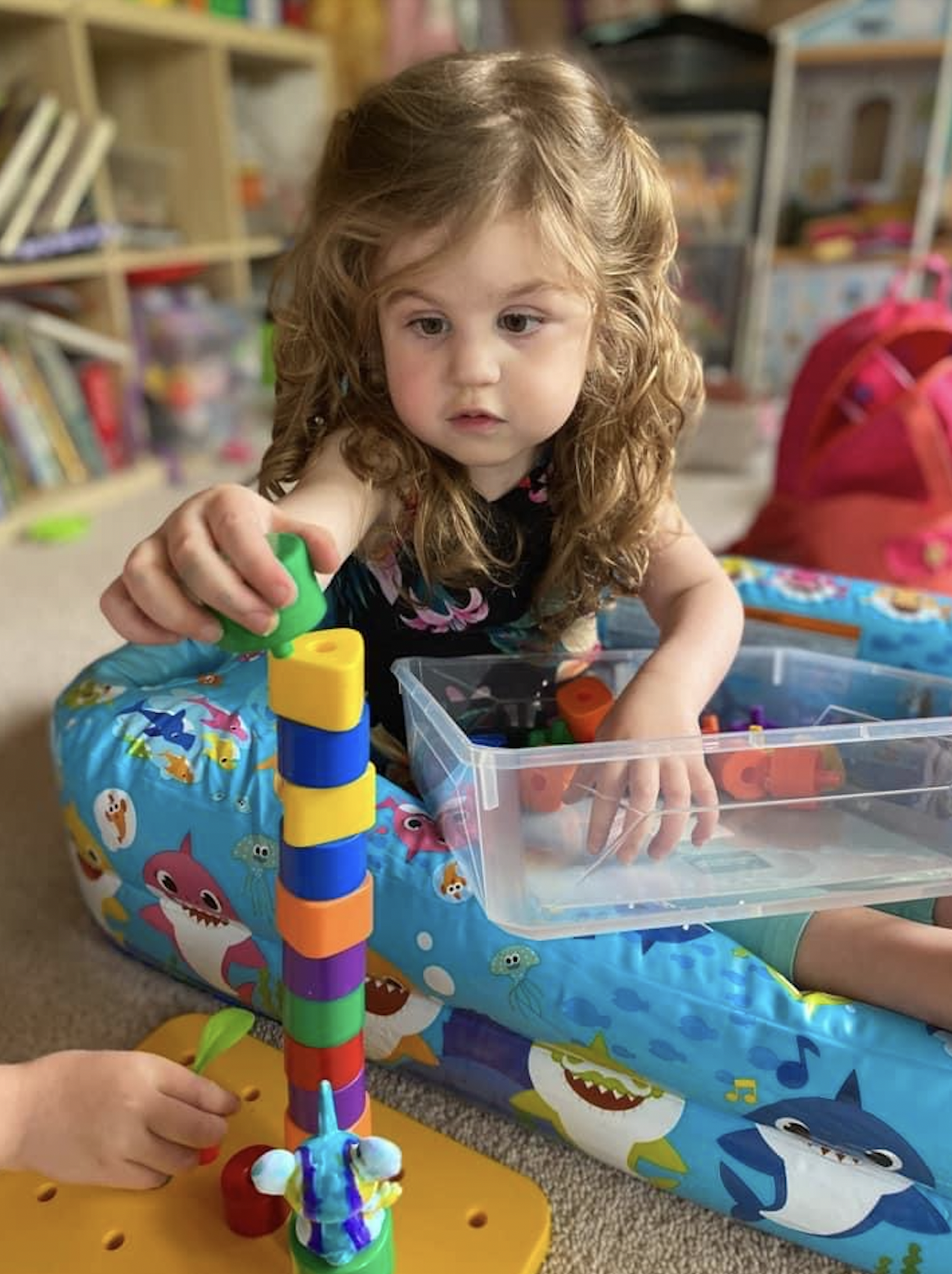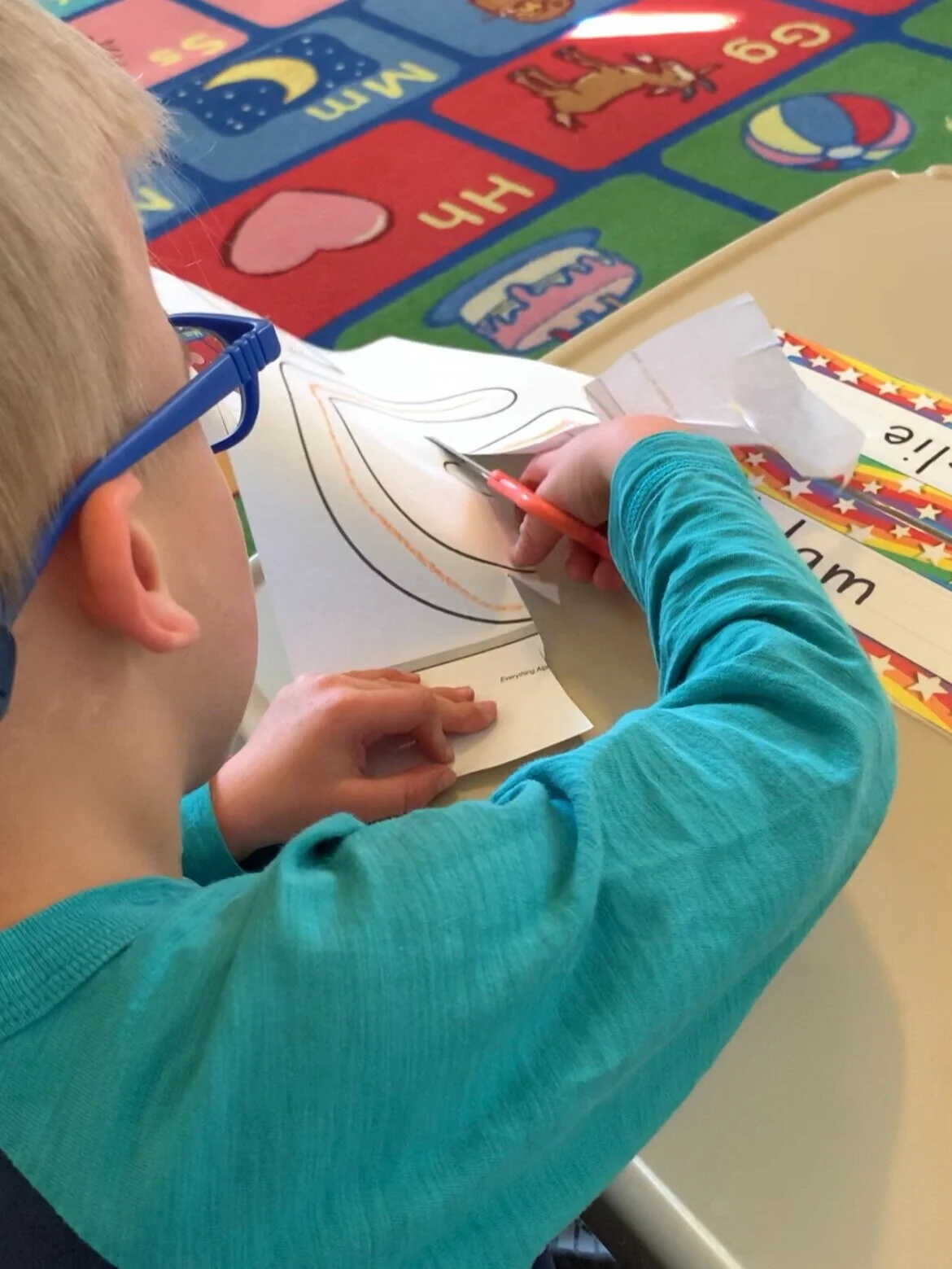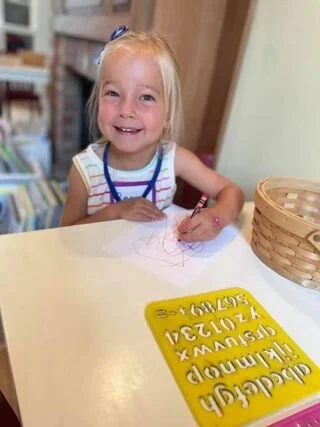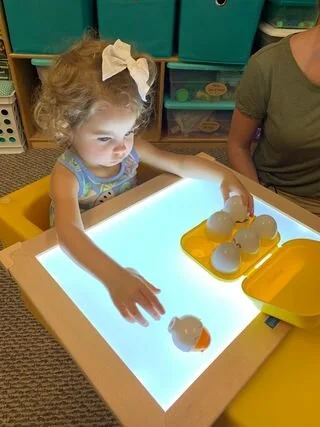Building Fine Motor Skills Through Play - Toddlers
Kids with CDH sometimes have delays in their fine motor skills. Though not due to CDH itself, many of these children had altered sensory experiences they experienced as newborns, various surgeries, and/or a lack of opportunity to learn from peers due to the need to stay home to avoid infection more than other children. If these delays do show up, your doctor may recommend bringing in an occupational therapist to work with your child. However, there are lots of things you can do at home with your child to help develop their fine motor skills in combination with the directions from your doctor and OT. Once your child is more engaged, mobile, and able, there are a variety of great things you can do to help their fine motor skills and ability to process sensory experiences. Try out some of these at home to help with any delays your child may be experiencing.
Puzzles and Toys: Puzzles are a great way to work on hand-eye coordination. You can begin with chunky, simple shape puzzles (just a simple circle at 6 months) and gradually build up to more complex puzzles as they get older. Other fun options include placing a ball in a hole (gradually work up to a shape sorting cube), pulling tissues from a box, placing rings on a ring stacker (first in any order and then eventually in order of size), stacking cups or stacking pegs, and hammering pegs in a bench (they can work up to using a screwdriver). Another great way to build strength is by pulling Squigz (a suction cup toy) off of windows or the bathtub.
Pincer Grasp: The pincer grasp involves using your thumb and pointer finger to pick up small objects and place them in a specific location. For this, you can start with larger soft objects (cotton balls, for example) and have your child place them in a container. You can then work up to picking up small beads and placing them in the opening of a water bottle. Other fun activities include:
Putting toothpicks in a piece of Styrofoam.
Poking Q-tips through small holes in a cardboard box.
Peeling small pieces of washy tape off a table.
Peeling stickers and placing them onto paper
Using an empty egg carton, you can also use small marbles, beads, uncooked beans, etc., and put one small piece in each opening. Then show your child how to pull them out one at a time using only the thumb and pointer finger – of course, always watch closely to ensure these non-edible items are not put in the mouth.
Hand Strengthening: Early on, it is essential to start strengthening your baby's hands. This can be done initially through self-feeding and play, and then as they get older, they can begin playing with play-dough, therapy putty, and using tweezers to pick up small items (such as paper clips or cheerios) from the table. Hole punchers and spray bottles are also a great way to build strength. Your child can clean windows and water plants while they build up their hand muscles - plus the added benefit of having some extra help with these chores is always a nice perk! As they get a little older, let them practice using scissors to cut up old mail or draw lines on paper and practice cutting along the lines (work up to simple shapes and then more complex designs). Another great way to build strength is through drawing and coloring activities. Find a coloring book with large basic images at first and, as they get the hang of it, transition to more complex coloring pages. Using other mediums for drawing is great too. This includes things such as paintbrushes, markers, Magna doodles, boogie boards, or drawing on the windows with window markers. Bath finger paints are always a lot of fun and easy to clean up - bring a paintbrush along for great hand strengthening in a clean and safe environment! All of these things will help prepare them for using a pencil and beginning to write letters.
Handwriting Without Tears: This easy-to-use handwriting curriculum is wonderful for preschoolers through elementary school. It begins by teaching your child to construct a person using wooden pieces and then gradually transitions into drawing detailed people and ultimately into writing letters. It is a trusted curriculum used by occupational therapists and schools around the world and is available for purchase on Amazon.
Movement: Believe it or not, crawling is an extremely important developmental milestone. Let your baby crawl as long as they will without rushing them to walk. The bilateral movements of crawling prepare the brain for writing later, and bearing weight on their hands is also great! Even if your child is beyond crawling age, crawling is still beneficial! Use tunnels and relay races to make it fun for older kids. Have them bear crawl, frog hop, bunny hop, or crab walk from one end of the room to the other. You can also have them fetch a puzzle piece or letters to spell a word from inside a sensory bin of rice, beans, or shredded paper each time they race across the room in order to build an 8-12 piece puzzle.
Crossing Midline: Imagine there is a line down the center of your baby's body. The more you can encourage your child to cross this imaginary line with their hands, the better. This helps practice coordinating controlled movements, uses both sides of the brain, and is necessary for future skills such as reading and writing! To encourage crossing midline, you can do activities such as popping bubbles, threading beads, cutting paper, musical instruments, and building blocks. Another fun activity is to draw an infinity symbol on the ground and have your child practice tracing it with their fingers.
Swinging, Sliding, Spinning: Swinging and sliding are great ways to reset the vestibular system (the part of the brain used for balance and coordination), allowing your child to focus better and provide necessary sensory input. Swinging 20-30 minutes a day will calm your child, prepare them for the tasks at hand, and work on spatial awareness, coordination, and balance. Playgrounds and backyard swing sets provide incredible opportunities for OT and PT! The more kids are running, swinging, sliding, crawling through tunnels, using merry-go-rounds, and playing, the better! Don't have access to a playground? No worries! You can get an indoor sensory swing to hang from a ceiling or door frame, or you could have one adult hold each end of a bedsheet and swing your child in it like a hammock or have them lay in the sheet as you drag them around the room in circles and every which way! They will love it! (Just remember not to swing a child by the arms - though this may seem harmless and the kids may love it, their elbows are not fully developed, and it may cause them painful injuries.)
Sensory Bins: Sensory bins are a fun and easy way to help your child get the sensory input they crave or learn to accept various textures. To create a sensory bin, you simply need a bin/box of some sort, a base filling (rice, beans, etc.), and items to place in the bin. These could be letters, small figurines, or anything your child might find interesting. As they play and explore, they will experience new textures and gain sensory input.
There are so many options for your kids to develop their fine motor skills! Expand on these ideas and get creative with what you already have around the house. The most important thing is to remember that kids learn best through play! Don't be afraid to get messy and bring out your inner child. It's good for all of us to be a kid again occasionally.
Click here to find many of our favorite toys that will encourage the development of fine motor skills!








